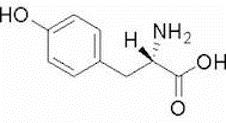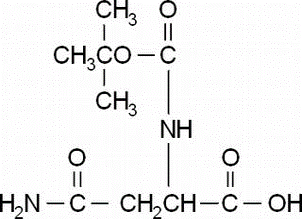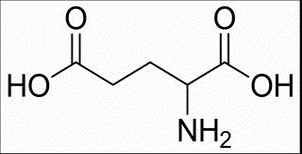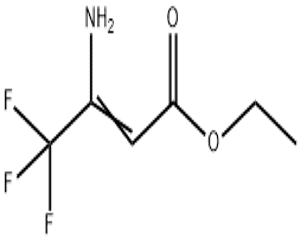L-Tyrosine(CAS# 60-18-4)
| Hazard Symbols | Xi – Irritant |
| Risk Codes | R36/37/38 – Irritating to eyes, respiratory system and skin. |
| Safety Description | S26 – In case of contact with eyes, rinse immediately with plenty of water and seek medical advice. S36 – Wear suitable protective clothing. |
| WGK Germany | 3 |
| RTECS | YP2275600 |
| TSCA | Yes |
| HS Code | 29225000 |
| Toxicity | LD50 orally in Rabbit: > 5110 mg/kg |
Introduction
L-tyrosine is a non-essential amino acid with polar side chains. Cells can use it to synthesize proteins that play a role in signal transduction. L-tyrosine is a proteogenic amino acid that acts as a receiver of the phosphogroup transferred by the kinase.
Write your message here and send it to us








